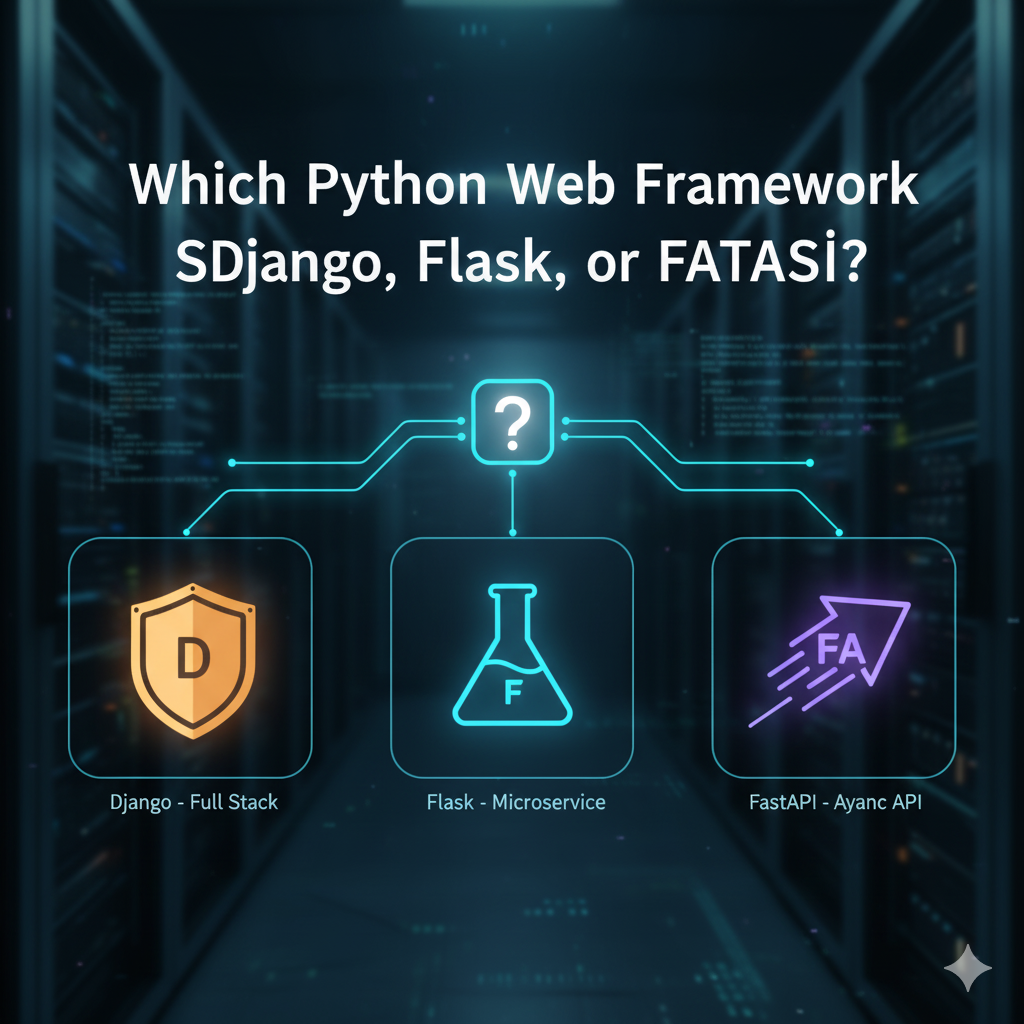When it comes to backend development, three Python frameworks dominate the industry—Django, Flask, and FastAPI. According to the JetBrains Python Developer Survey 2024, these remain the most in-demand tools for building robust web applications and APIs.
- Django delivers a secure, full-featured framework ideal for large-scale applications.
- Flask offers a lightweight, flexible structure for rapid prototyping and smaller projects.
- FastAPI combines speed and modern features, making it perfect for scalable, high-performance APIs.
For businesses planning to hire Python developers or launch solutions such as a motion detector app, choosing the right framework is a strategic decision. Your choice directly impacts performance, scalability, security, time-to-market, and ultimately ROI.
This guide breaks down the strengths, weaknesses, and use cases of Django, Flask, and FastAPI—helping you make an informed choice for your next Python project.
Framework Overview
Django
A full-stack, open-source framework built for scalability and security. Django’s “batteries-included” approach means you get built-in tools like ORM, authentication, and an admin panel out of the box.
Key Features
- ORM for smooth database management
- Auto-generated admin panel
- Strong security protections (CSRF, XSS, SQL injection)
- Template engine for dynamic content
- Clean URL routing
Best For: Content-heavy platforms (CMS, e-commerce), social networks, analytics dashboards, and projects requiring rapid development.
Flask
A lightweight micro-framework that provides only the essentials. It gives developers flexibility to choose their own tools, making it ideal for projects where customization and control are priorities.
Key Features
- Minimal core with routing, templating (Jinja2), and session support
- Rich ecosystem of extensions for authentication, ORM, email, and more
- Strong community and documentation
Best For: Small-to-medium applications, REST APIs, microservices, and prototypes. For instance, a simple motion detector app prototype could be rapidly built using Flask due to its minimal setup and flexibility.
FastAPI
A modern, asynchronous framework designed for performance and scalability. Backed by industry giants like Microsoft and Netflix, it is particularly effective for real-time systems and high-concurrency applications.
Key Features
- Asynchronous programming (async/await)
- Automatic API documentation with Swagger UI & ReDoc
- Type-hint based validation for reliability
- Built-in security and dependency injection
Best For: High-performance APIs, real-time apps (chat, streaming, IoT), rapid prototyping, and data-driven systems. If you’re building a motion detector app with live video streaming or IoT integration, FastAPI would likely outperform the alternatives.
Final Recommendation
There’s no single “best” Python framework—it depends on your project needs:
- Django → Best for large, complex, content-heavy platforms.
- Flask → Perfect for lightweight apps, APIs, and prototypes.
- FastAPI → Ideal for high-performance, real-time, and scalable systems.
At WAC, we help businesses choose the right framework for their vision. Whether you need to hire Python developers for a large-scale web platform or build an innovative motion detector app, our team ensures your solution is secure, scalable, and future-ready.
